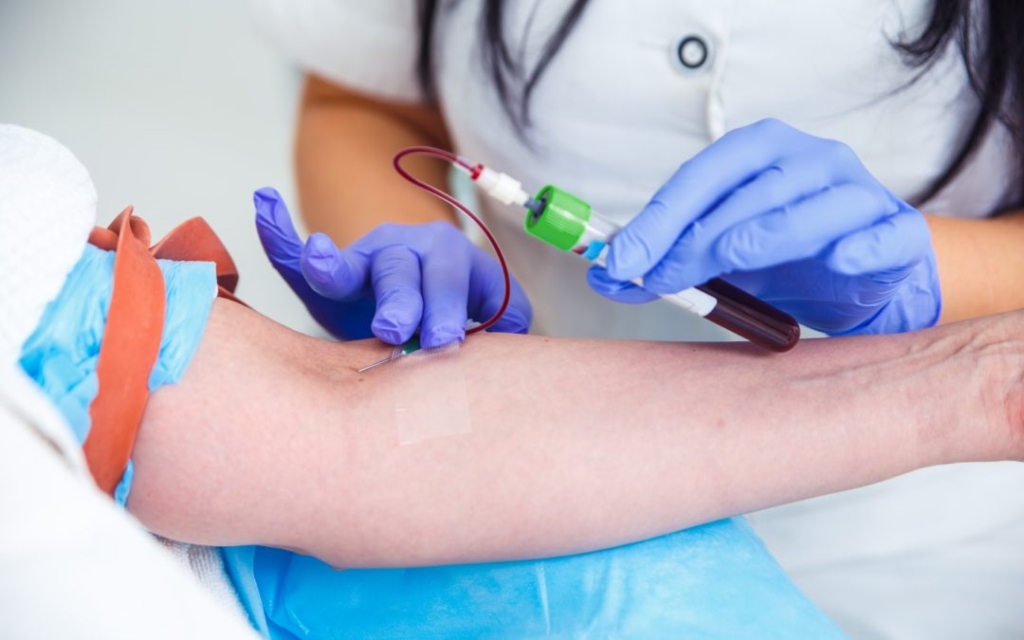Essential Guide to the National Phlebotomy Certification test: Tips, Requirements, and Success Strategies
If you’re aspiring to become a certified phlebotomist, understanding the ins and outs of the National Phlebotomy Certification Test is crucial. This comprehensive guide will walk you through the essential requirements, effective readiness tips, practical strategies, and relatable success stories to help you confidently pass the exam and advance your healthcare career.
Introduction
Phlebotomy is a vital healthcare profession, focusing on drawing blood for medical tests, donations, and transfusions. Certification demonstrates your expertise and commitment to patient safety. The National phlebotomy Certification Test is a standardized exam that validates your skills and knowledge in phlebotomy. Achieving certification not only boosts your credibility but also opens doors to job opportunities across hospitals, clinics, and laboratories.
Understanding the Requirements for the certification Test
Eligibility Criteria
before sitting for the exam, you need to meet specific prerequisites. Generally, these include:
- Minimum age of 18 years
- High school diploma or GED
- Completion of a state-approved phlebotomy training programme
- Documented hands-on experience (varies by certifying agency)
Accepted Training Programs
Training programs can be found at vocational schools, community colleges, or accredited online institutions. Look for programs that cover:
- Anatomy and physiology
- Venipuncture techniques
- Safety protocols and infection control
- specimen handling and labeling
Application Process
Applying for the certification involves submitting your educational and experiential credentials, completing an application form, and paying applicable fees. Be sure to check the specific requirements of the certifying body, such as american Society for clinical Pathology (ASCP) or National Healthcareer Association (NHA).
details of the National Phlebotomy Certification Test
Exam Format & Content
The certification exam typically consists of multiple-choice questions testing your knowledge on:
- Blood collection procedures
- Patient interaction and communication
- Safety and infection control
- Sample handling and processing
- Legal and ethical considerations
Test Duration & Scoring
The exam usually lasts between 90 to 120 minutes, comprising 80-100 questions. Passing scores often vary between 70%-80%, depending on the certifying body.
Registration & Testing Locations
Licensing agencies administer the test at designated testing centers or online testing platforms.Early registration and preparation are recommended to secure your preferred date and location.
Effective Tips to Prepare for the Certification Exam
1.Develop a Study Schedule
Create a structured plan covering all exam topics. Allocate more time to your weaker areas and stick to your schedule diligently. Consistent study habits yield better retention of facts.
2. Use Quality Study Materials
Invest in reputable textbooks, online courses, practice exams, and flashcards. Review the Official Certification study Guide provided by the certifying agency.
3. Practice Hands-On Skills
practicing venipuncture and capillary collection under supervision solidifies your technique and boosts confidence.Many training programs include practical labs-capitalize on these opportunities.
4. Take Practice tests
Simulate real exam conditions using practice tests. Analyze your results to identify weaknesses and adjust your study plan accordingly.
5. Join Study Groups & Forums
Collaboration with peers can provide motivation, shared resources, and different perspectives on challenging topics.
success Strategies for Passing the Certification Exam
1. Focus on patient Safety & Professionalism
The exam emphasizes safety protocols and ethical practices. Remember, a professional attitude is key to ethical testing procedures.
2. Read Questions Carefully
Avoid rushing. Think critically about each question and eliminate obviously incorrect options before selecting your answer.
3. Manage Your Time Effectively
Keep track of time during your exam. Don’t spend too long on challenging questions-mark and revisit them later if needed.
4. Maintain Confidence & Calmness
Deep breaths and positive thinking help to stay focused and perform optimally under exam conditions.
Benefits of Becoming a Certified Phlebotomist
| Benefit | Description |
|---|---|
| Enhanced Employability | Certification increases your chances of landing desirable jobs in healthcare settings. |
| Higher Salary Potential | Certified phlebotomists often earn more than their non-certified counterparts. |
| Professional Credibility | Recognition by a national organization affirms your skills and commitment. |
| Career Advancement | Certification opens opportunities for specialization or supervisory roles. |
Real-Life Case Study: From Student to Certified Professional
Meet Sarah, a recent graduate from a vocational program. Struggling initially, she dedicated two months to study, practice, and review. Using practice exams and joining an online study group, she identified her weak areas. On exam day,Sarah stayed calm,carefully read each question,and managed her time well. She passed with a top score and now works in a busy hospital laboratory, confident and certified!
first-hand Experience & Practical Tips
Many certified phlebotomists recommend the following practical tips:
- Always double-check patient identifying information.
- Follow safety protocols meticulously to avoid needlestick injuries.
- Keep practicing your collection techniques regularly.
- Stay updated on the latest guidelines and best practices in phlebotomy.
Conclusion
Passing the National Phlebotomy Certification Test is a significant milestone for anyone aspiring to excel in healthcare. By understanding the requirements, preparing effectively, and implementing proven success strategies, you can confidently achieve certification and take your healthcare career to new heights. Remember, persistence and practice are key. Good luck on your journey to becoming a professional, certified phlebotomist!
